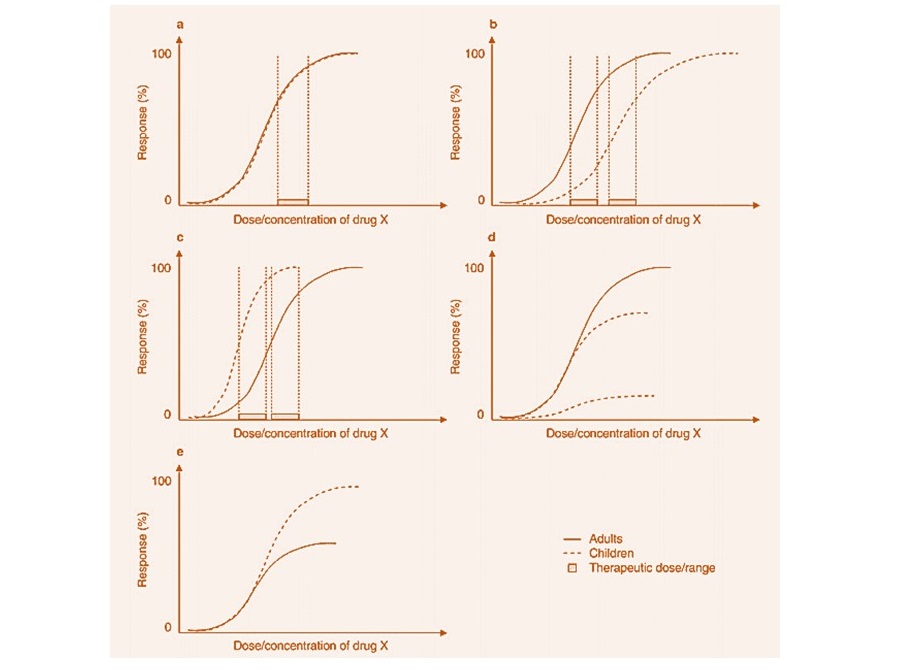
by admin | February 2023 | Uncategorized
Receptors can be classified in various ways. Based on their function they can be classified as either “cargo” type receptors or signal (transduction) receptors. Cargo-type receptors deliver key metabolic substrates, nutrients, and minerals to cells. In general, these...

by admin | January 2023 | Uncategorized
In previous blogs we highlighted the utility of an exposure response (E-R) analysis to demonstrate efficacy. In an E-R analysis the relationship between the amount of drug exposure (typically area under concentration-time curve or AUC) and the treatment effect is...

by admin | July 2022 | Uncategorized
Drug development in children can be daunting. There are four key considerations: Safety, Pharmacokinetics (PK), Pharmacodynamics (PD) and the indication. Safety: In adults, adverse events (AEs) may be related to exposure (drug dependent) or due to the...

by admin | July 2022 | Uncategorized
Developmental Pharmacodynamics (PD) constitutes the study of age related maturation of the structure and function of various organ systems and how this impacts pharmacologic response. The cellular and physiologic processes are same across mammals and yet while...

by admin | July 2022 | Uncategorized
This blog is a continuation of a previous blog on the safety issues that might be uncovered in the pediatric population. Here we look at susceptibilities particular to the first two years of life for some key organ systems. The table above depicts the key...

by admin | June 2022 | Uncategorized
This blog evaluates the potential for unanticipated Adverse Events (AEs) in children >2 years of age. The one aspect of pediatric drug development which is a major concern is drug safety. While children, at exposures similar to those in adults, will likely have the...







